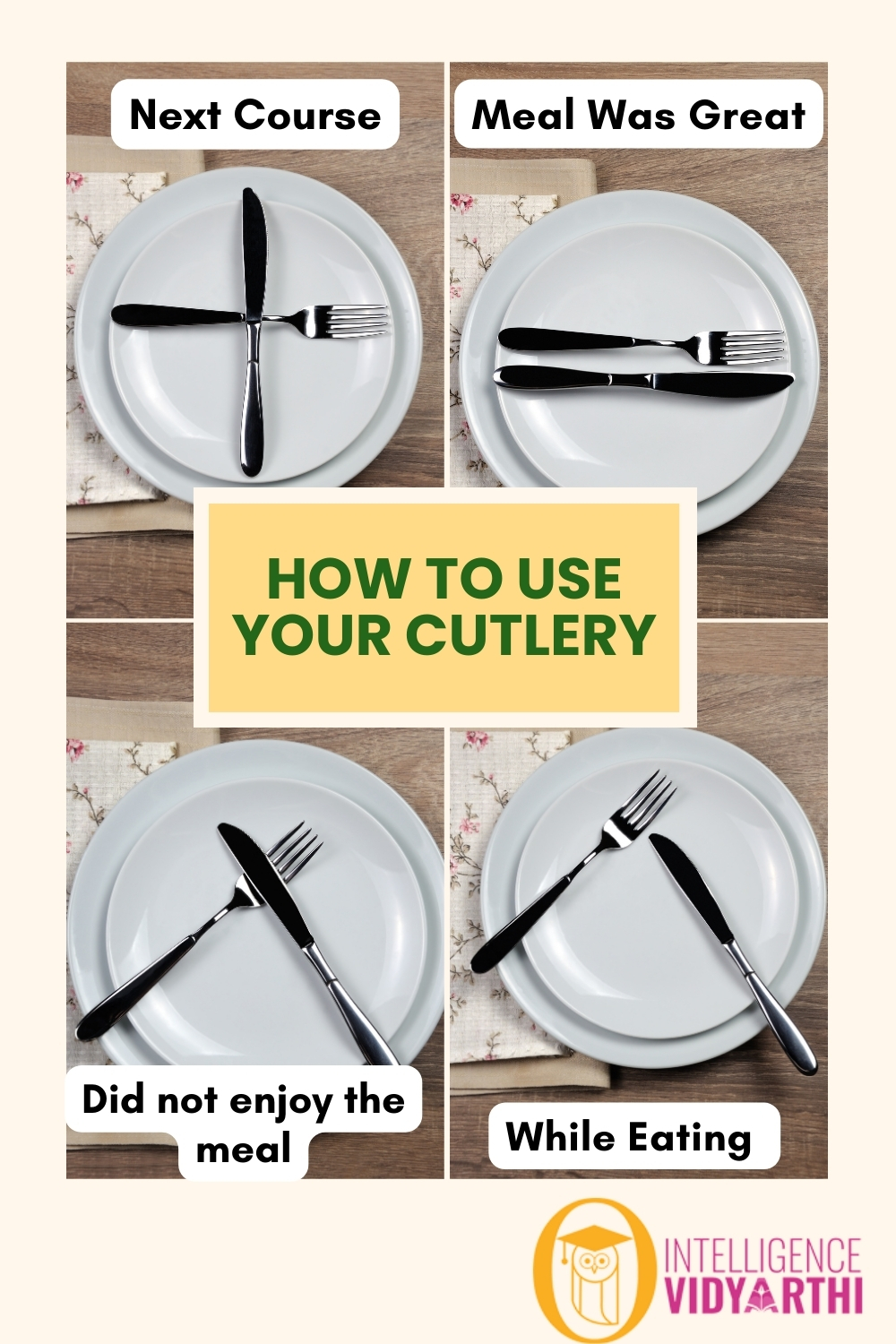Table etiquette for fork and knife involves understanding the basics of cutlery placement and use. In a formal setting, the knife is placed on the right of the plate, with the blade facing inward, and the fork is placed on the left, with the tines facing up. When eating, the fork is held in the left hand and the knife in the right, with the fork used to guide food onto the knife. When finished eating, the knife and fork are placed in the center of the plate, with the tips facing each other, to signal to waiting staff that the plate can be taken away. In the United States, all utensils can be placed together in a “4-o’clock” position to indicate that the meal is over. It is important to note that different cultures may have different etiquette practices regarding the use of cutlery. For example, in East Asian cultures, chopsticks are used instead of forks and knives, and there are specific etiquette practices that govern their use. In German dining etiquette, the fork is held in the left hand, with the tines pointing down, and the knife in the right hand, with the blade facing inward. Once a bite-sized piece of food has been cut, it is speared and conducted to the mouth by the left hand. For other items, such as potatoes, vegetables or rice, the blade of the knife is used to assist or guide placement of the food on the back of the fork. The knife and fork are both held with the handle running along the palm and extending out to be held by thumb and forefinger. This style is sometimes called “hidden handle” because the palm conceals the handle. In French and British dining etiquette, the fork tines face downward on the table on the left-hand side of the plate, while in the United Kingdom, the fork tines face upward while resting on the plate. It is important to be aware of these cultural differences and to respect them when dining in different settings.

Other
